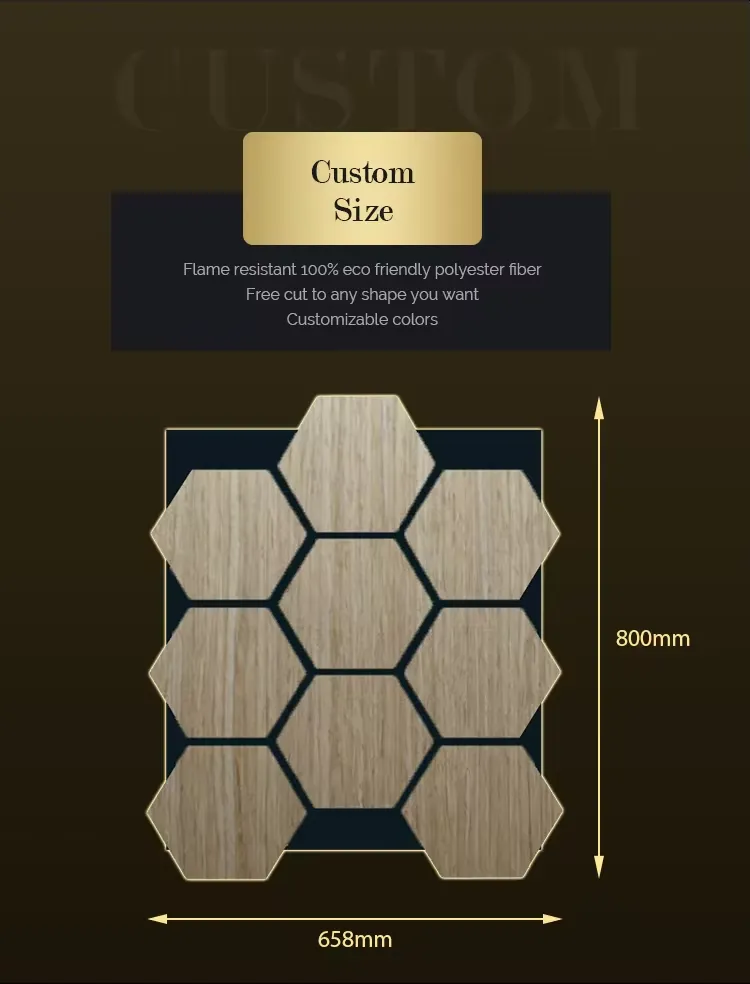How to Make Acoustic Panels for Your Home Studio
Creating a great acoustic environment is essential for any home studio, whether you are recording music, podcasts, or editing audio. Acoustic panels can help minimize sound reflections, improve sound clarity, and make your recordings sound professional. Here’s a simple guide on how to make your own acoustic panels.
Materials Needed
1. Wood Frames Use 1x4-inch wood boards to create the frame for your panels. 2. Acoustic Foam or Mineral Wool These materials are effective sound absorbers and are readily available at hardware or specialty acoustic shops. 3. Fabric Choose a breathable fabric that complements your studio’s aesthetic. Common choices include burlap or cotton, which allow sound to pass through while hiding the absorbent material inside. 4. Staple Gun To fasten the fabric to the frame. 5. Screws and Drill For assembling the frame. 6. Saw For cutting the wood to size. 7. Measuring Tape For precise measurements. 8. Optional - Wall Mounting Hardware To hang the panels on your walls securely.
Step-by-Step Instructions
1. Measure and Cut the Wood Determine the size of your acoustic panels. A common size is 2x4 feet. Cut the wood boards to create a rectangular frame, ensuring that you have enough pieces for both the outer frame and internal support if necessary.
how to make acoustic panels for home studio

2. Assemble the Frame Use screws to attach the corners of the wood frame together. If you wish to enhance durability, consider adding internal support by attaching a few extra pieces of wood across the frame's width and length.
3. Add Absorbent Material Cut the acoustic foam or mineral wool to fit snugly inside the frame. Ensure it fills the entire space without gaps, as this maximizes sound absorption.
4. Cover with Fabric Lay your fabric flat and place the frame with the absorbent material on top. Pull the fabric over the edges of the frame and secure it with a staple gun on the back. Make sure the fabric is tight to avoid wrinkles, which can affect the panel's appearance.
5. Mount the Panels Decide where you want to place your panels in the studio. A common practice is to hang panels at first reflection points. Use wall mounting hardware to securely attach the panels to the walls.
Conclusion
Making your own acoustic panels can be a rewarding DIY project that greatly enhances your home studio's audio quality. By following these steps, you’ll not only improve your recordings but also create a space that is visually appealing and tailored to your needs. Enjoy your improved acoustics!
